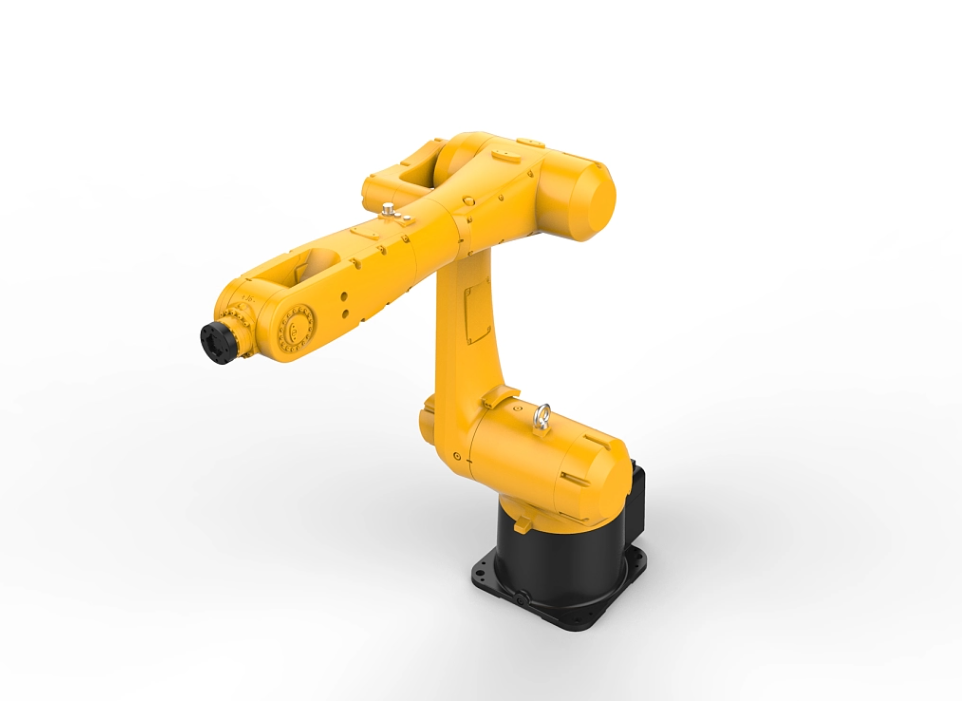At present, there are many robotic arms on the market. Many friends cannot distinguish whether robotic arms and robots are the same concept. Today, the editor will explain it to everyone. A robotic arm is a mechanical device that can be automatic or manually controlled; an industrial robot is an automated device, and a robotic arm is a type of industrial robot. Industrial robots also have other forms. So although the two have different meanings, they refer to overlapping content. So in simple terms, there are many forms of industrial robots, and robotic arms are just one of them.
>>>> Industrial robotic arm An industrial robotic arm is “a fixed or mobile machine, which is usually composed of a series of interconnected or relatively sliding parts, used to grasp or move objects, capable of automatic control, repeatable programming, and multiple degrees of freedom (axes). Its working method is mainly to make linear movements along the X, Y, and Z axes to reach the target position.”
>>>> Industrial robotAccording to the ISO 8373 definition, an industrial robot is a machine device that automatically performs work, and is a machine that relies on its own power and control capabilities to achieve various functions. It can accept human commands or run according to pre-programmed programs. Modern industrial robots can also act according to the principles and guidelines formulated by artificial intelligence technology. >>>> The difference between robots and robotic arms Robotic arms are the most widely used mechanical devices in the field of robots, and are widely used in industry, medicine, and even military and space fields. Robotic arms are divided into four-axis, five-axis, six-axis, multi-axis, 3D/2D robots, independent robotic arms, hydraulic robotic arms, etc. Although there are many types, they have one thing in common: they can receive instructions and accurately locate points in three-dimensional (or two-dimensional) space to perform operations. The difference between robots and robotic arms is that robots can not only receive human instructions, but also perform operations according to human pre-programmed programs, and can also act according to the principles specified by artificial intelligence. In the future, robots will assist or replace human work more, especially some repetitive work, dangerous work, etc.
The difference between robots and robotic arms in the scope of application: Robotic arms are widely used in the industrial world. The main technologies they contain are drive and control, and robotic arms are generally tandem structures. Robots are mainly divided into serial and parallel structures: Parallel robots (PM) are mostly used in situations that require high rigidity, high precision, high speed, and do not require large space. They are specifically used in sorting, handling, simulated motion, parallel machine tools, metal cutting, robot joints, spacecraft interfaces, etc. Serial robots and parallel robots are complementary in application. Serial robots have a large working space and can avoid the coupling effect between drive shafts. However, each axis of its mechanism must be controlled independently, and encoders and sensors are required to improve motion accuracy.
Post time: Aug-21-2024








